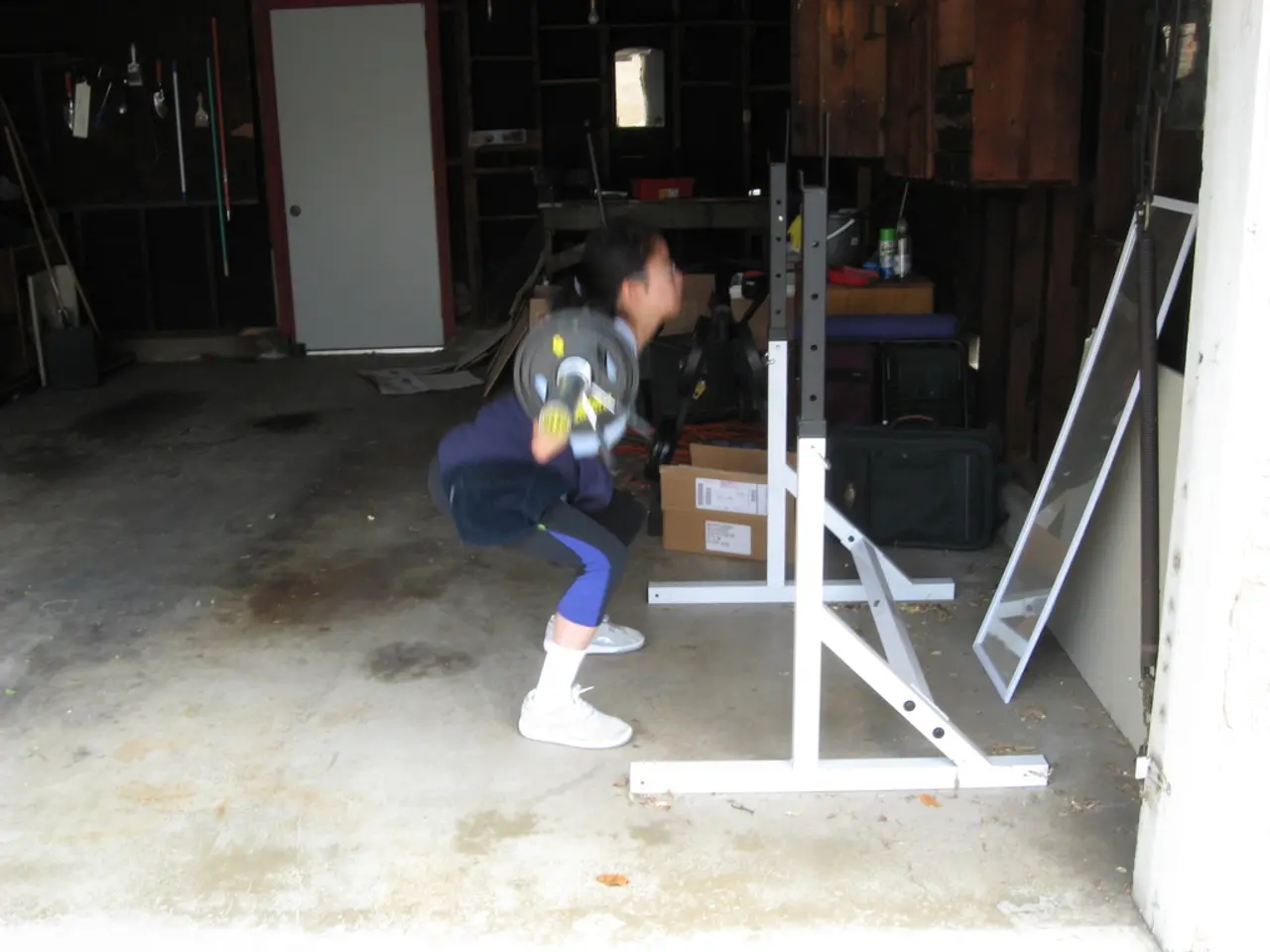Standing ab exercises I employ for my fitness clients to conclude their workouts
Three standing ab exercises, recommended by a level 3 personal trainer, are a powerful way to strengthen your core, improve stability, and enhance balance. These moves, which include the Pallof Press, Standing Bicycle Crunches, and Single-Leg Deadlift with a Twist, engage multiple muscle groups simultaneously and mimic real-life movements for functional core strength.
Pallof Press
The Pallof Press is an anti-rotational movement that involves standing and pressing a resistance band or cable straight out in front of you. This exercise engages the entire core, especially the obliques, to resist twisting and improve stability.
Standing Bicycle Crunches
Unlike traditional floor crunches, standing bicycle crunches involve twisting your torso and bringing your elbow toward the opposite knee while balancing on one leg. This dynamic move targets the core, enhances balance, and improves coordination.
Single-Leg Deadlift with a Twist
Balancing on one leg, hinge forward at the hips while extending the free leg back and touching the floor or weight, then twist your torso toward the standing leg. This exercise targets the core, balance, and hip stability.
These standing core exercises effectively engage multiple muscle groups, including abs, lower back, hips, and pelvic floor, through a greater range of motion. They challenge not only strength but also balance and coordination, making them suitable for various fitness levels and settings.
Weighted High Knee March
If weighted walks like the Farmer's Carry are not possible, the Weighted High Knee March can be a great substitute. To perform this exercise, hold a weight in both hands in front of your chest with elbows tucked in and palms facing up. Lift one knee as high as is comfortable, lower it under control, then raise the opposite knee, alternating sides with each rep. The duration of reps for the Weighted High Knee March is 30-60 seconds.
Weighted Side Bend
To perform the Weighted Side Bend, stand with feet hip-width apart and hold a dumbbell or weight in one hand by your side with your palm facing you. Bend sideways with the weight, then return to the starting position. The duration of reps for the Weighted Side Bend is 10 each side.
These exercises, when performed as a routine, can help build stability, balance, and better posture, reducing strain on the spine and lower back aches and pains. They are simple, accessible, and can be done without equipment or with minimal tools like resistance bands, making them convenient for various fitness levels and settings.
To perform this routine, have a clear space and a medium-heavy weight like a dumbbell, kettlebell, or filled water bottle. Start with the Single-arm Overhead Hold, with reps of 30 seconds each side. Follow this with the Weighted High Knee March, then the Weighted Side Bend.
The Single-arm Overhead Hold challenges the obliques and erector spinae, develops shoulder stability, and reduces the risk of a shoulder injury. The Weighted Side Bend is an anti-lateral flexion movement that targets the internal and external obliques, strengthening the sides of the body.
Standing abs exercises mimic actions done in everyday life, such as carrying groceries or moving awkward objects. They are just as effective as exercises done lying down for building a stronger core and reduce neck and back strain common in traditional crunches while increasing calorie burn through full-body engagement.
Adding sideway movements (technically known as the frontal plane) to a workout can improve spinal mobility, which is not as prominent in everyday life as moving forwards and backward (in the sagittal plane). By incorporating these exercises into your routine, you can enhance your overall fitness and reduce the risk of injuries.
These exercises, including the Pallof Press, Standing Bicycle Crunches, Single-Leg Deadlift with a Twist, Weighted High Knee March, and Weighted Side Bend, are not only effective for building a strong core but also contribute to overall fitness and wellness by improving balance, stability, and posture.
These health-and-wellness practices, often combined with fitness-and-exercise routines that incorporate anti-rotational and anti-lateral flexion movements, can help prevent lower back pain, enhance functional strength, and contribute to a more active lifestyle.





